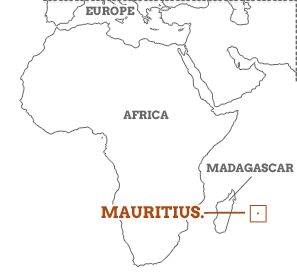Despite attracting sun seekers from across the globe Mauritius has managed to maintain its tropical island appeal with warm shallow lagoons, spice filled trade winds and a wild untamed south coast summoning up the majority of Indian Ocean idylls. There have been some casualties, with Port Louis, Grand Baie and the north coast, especially, experiencing much of the pirate plundering although you’ll find plenty of sleepy beach villages to appreciate what attracted travelers in the first place. Catamaran cruises to surrounding islands, such as: Deux Cocos and Ile aux Cerfs, offer just enough exhilaration to rid you of rum hangovers although there’s nothing like a morning’s hike up Le Morne Mountain to see the world from a much clearer perspective.
![]()
Mauritius is as multicultural as it’s biodiverse although, unfortunately, today’s wildlife protected status came just a little too late for the dodo, which was once an island native.
![]()
Snorkelling, Sega dancing and seafood Creole curries should all be compulsory for anyone visiting Mauritius; it is the perfect place to hop across to and wind down for a few days after a vacation in the wild national parks and exciting cities of South Africa. Find out more in our Mauritius travel guide.


